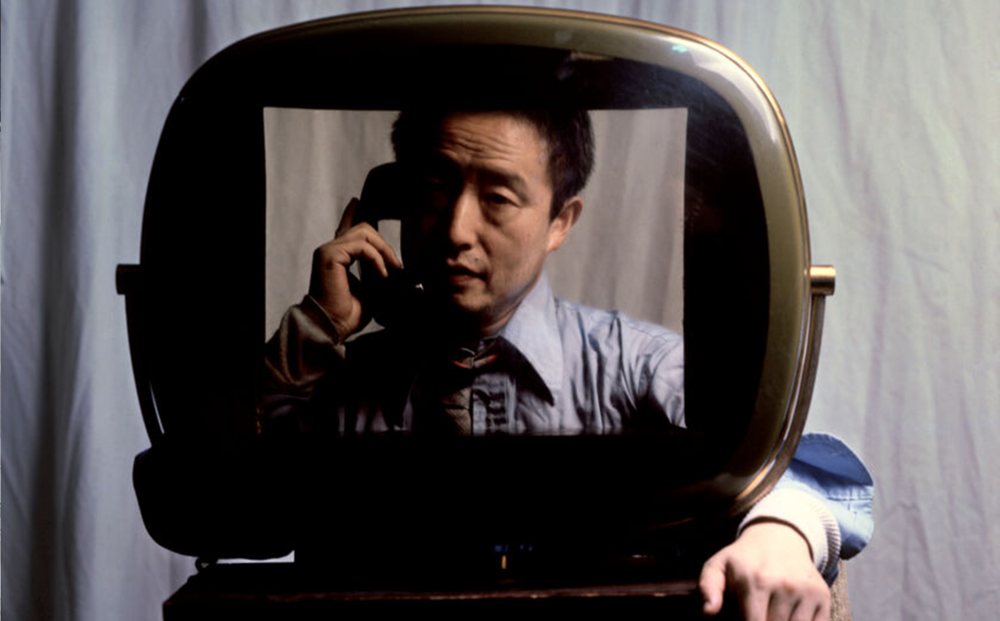This article was sponsored by The WNET Group. All opinions are of the writer and not representative of THE WNET Group or its subsidiary companies.
With a violin trailing behind him on the sidewalks of New York City, Nam June Paik — known as the “father of video art” — made this simple action both rebellion and art. Despite his pioneering status, Paik had not always intended to study modern art. In 1954, Paik immigrated from Korea to Munich at the age of 24 to study music composition, but fate had other plans for him. A run-in with the erratic and avante-garde performance art of John Cage sparked new notions of what art could be and what its purpose was.
Those who know Paik know that he was a visionary who predicted the rise of an “electronic superhighway,” i.e., the internet, influencers, and even the selfie. Paik’s influence can be felt strongly in 1980s MTV music videos that pull from his colorful video montages, but the visual resonance of Paik’s body of work only scratches the surface of his impact. For those who don’t know Paik, “Nam June Paik: Moon Is the Oldest TV,” a documentary directed by Korean American Amanda Kim, is a perfect introduction to his humble and often humorous genius.
Mochi sat down with Kim to discuss the documentary ahead of its premiere on PBS as part of the American Masters series and learned what motivated her to shed light on the life of this Korean American creator.
What stirred Kim to create “Moon Is the Oldest TV” was her encounter seven years ago with one of Paik’s quintessential works, “TV Buddha.” The piece presents itself as a Buddha statue placed in front of a box television that is broadcasting a live image of the statue through the camera set up behind the TV. Beyond the clear juxtaposition of East and West, the multimedia art piece inquires deeply about how images are created, the origination of such images, and the meaning of representation through technology. Looking back, cultural critics…
Read the full article here





